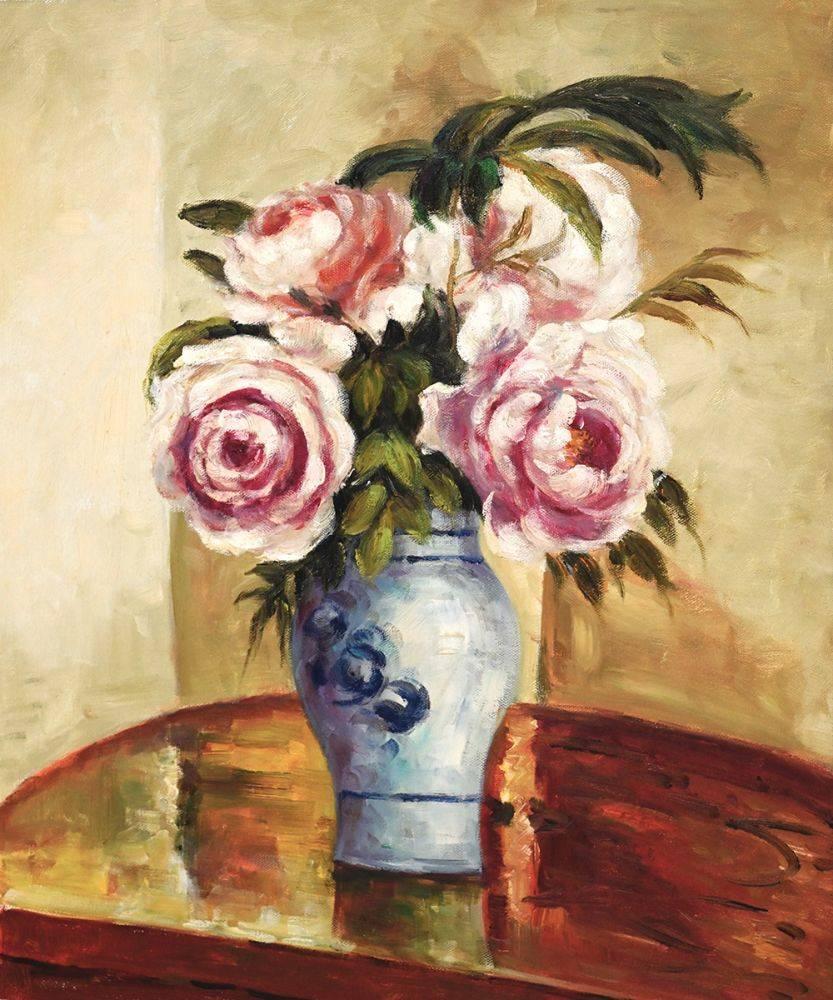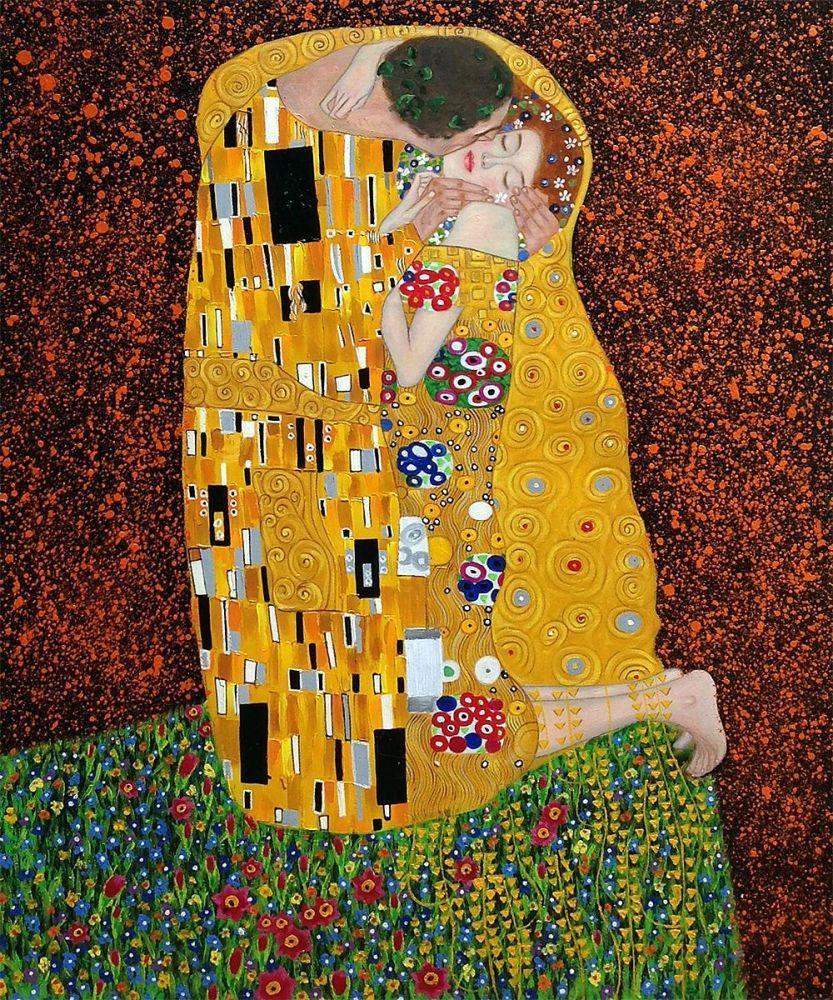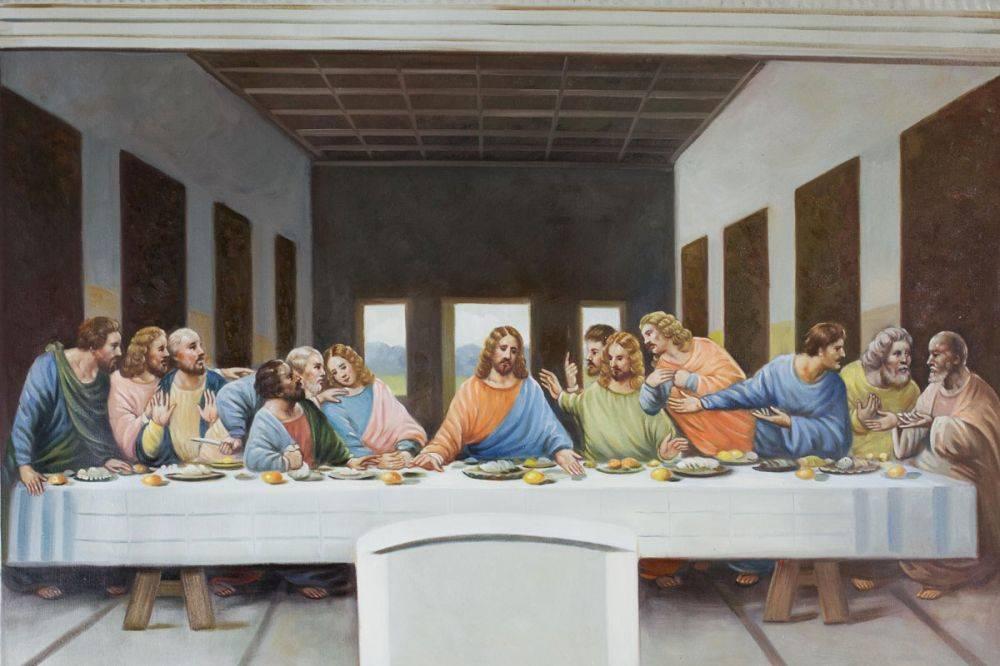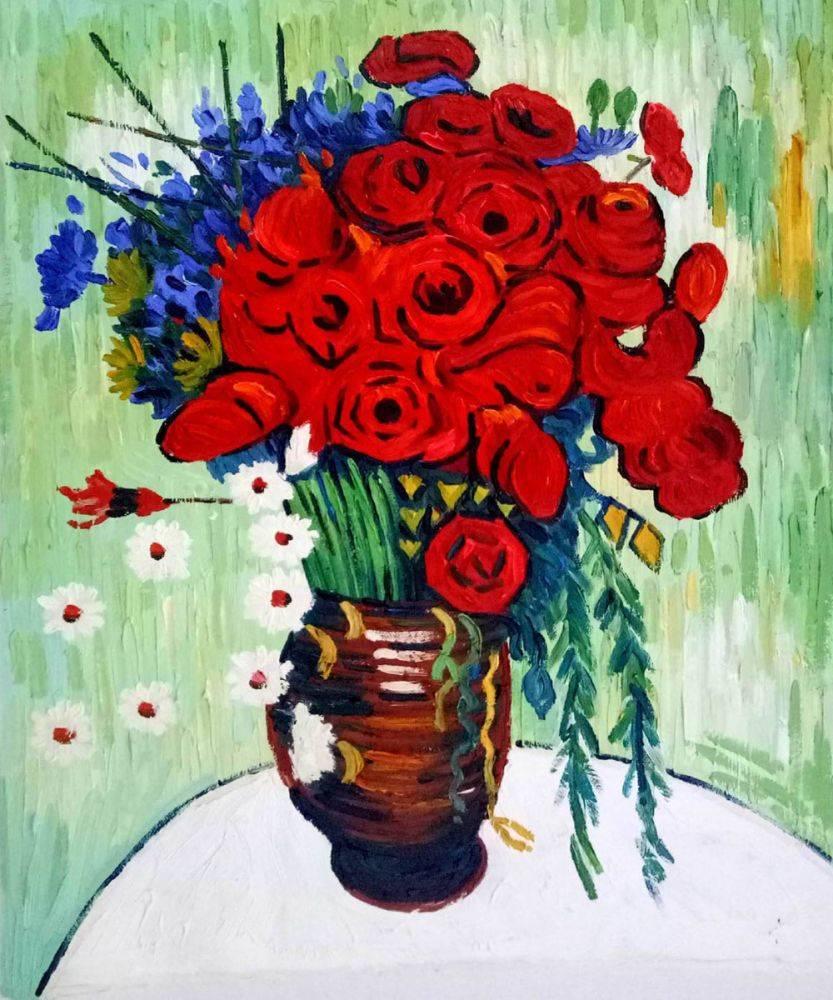Art
Much about Munch
Norwegian born Edvard Munch was the son of a doctor and a sick mother who died when he was five years old. His family was redolent with death and illness. One sister died of tuberculosis at 15 years old, and another sister was mentally ill. The only sibling that every married died less than a year after her wedding.
So, while Edvard Munch’s home provided cultural stimulation it also was dark, dreary and morbid. Death, grief and illness pervaded his art, as a result. This is evidenced by such paintings as The Day After, Death in the Sick Chamber, the Sick Child (the portrait of his sister Sophie), and the mourning-clothed Sister Inger.
Edvard Munch attended technical school for one year, where he learned from the old masters. He attended the Royal School of Drawing as well, learning to paint nudes. Norway’s best known and revered painter, Christian Krohg, taught Munch. He was heavily influenced by the Realism movement of France. It wasn’t long before Munch’s outstanding talent for oil paintings came to the forefront of the art world.
His main works from subsequent years, such as Evening on Karl Johan, and Self Portrait: Between Clock and Bed are not nearly as provocative as earlier work.
His 1889 Inger on the Beach, for example, shows a more romantic bent than in previous years.
Edvard Munch’s dark painting, The Scream, has often been spoken of as his first expressionist painting. The entire scene is distorted grotesquely and drawn in unrealistic colors. This painting displayed his apocalyptic feelings of anxiety.
Edvard Munch died in 1944, willing his massive painting and biographical note collection to the City of Oslo. This collection is held at the Munch Museum in Oslo.



